Home>Furniture & Design>Bathroom Accessories>How To Clean A Toilet Bowl With Stains
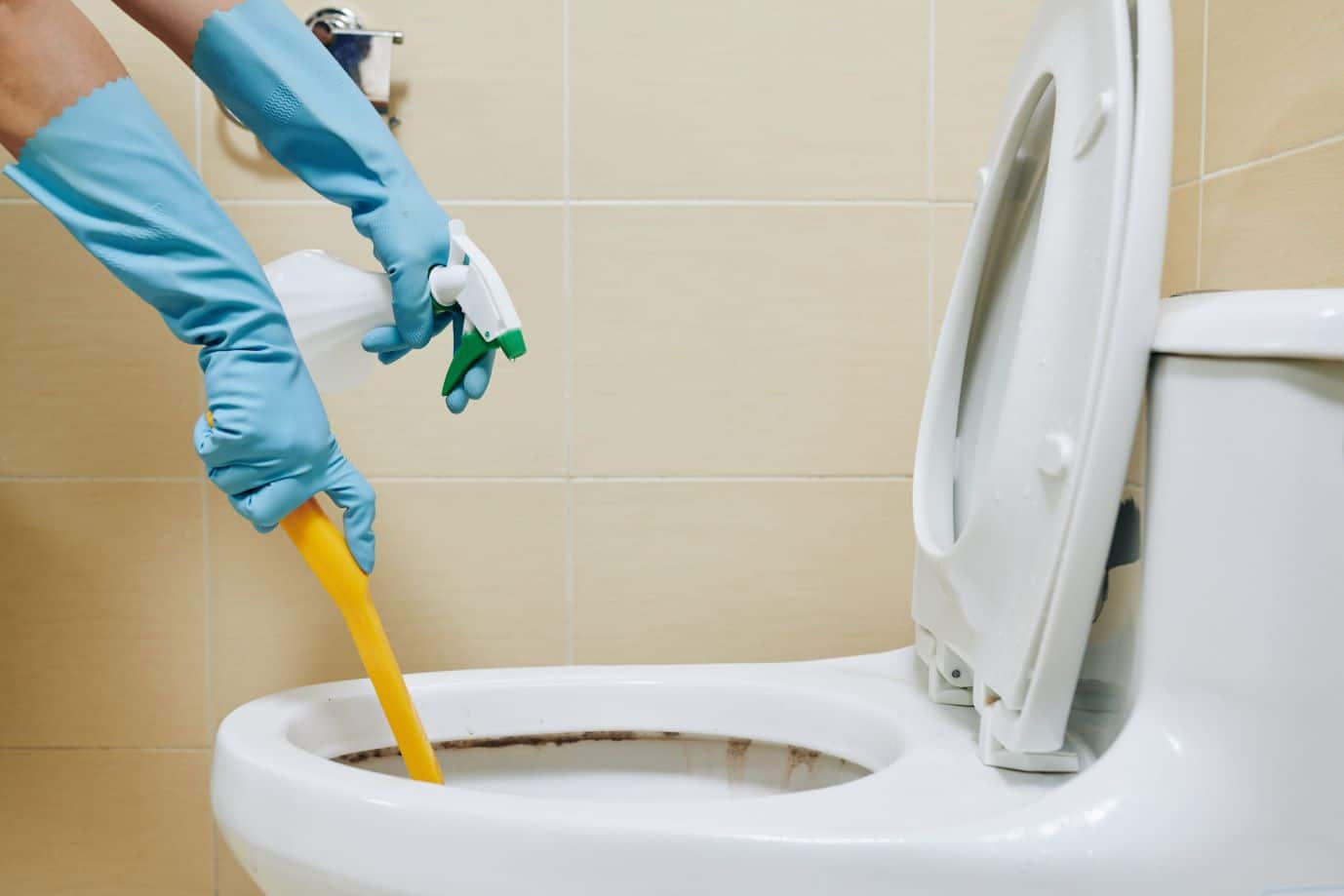

Bathroom Accessories
How To Clean A Toilet Bowl With Stains
Modified: March 21, 2024
Learn how to effectively clean a stained toilet bowl with our expert tips and tricks. Keep your bathroom accessories looking fresh and clean with our easy-to-follow guide.
(Many of the links in this article redirect to a specific reviewed product. Your purchase of these products through affiliate links helps to generate commission for Storables.com, at no extra cost. Learn more)
Introduction
Cleaning a toilet bowl with stubborn stains can be a daunting task, but with the right techniques and products, you can restore its pristine condition. Over time, mineral deposits, hard water stains, and other unsightly marks can accumulate in the toilet bowl, diminishing its appearance and cleanliness. However, armed with the proper knowledge and tools, you can effectively tackle these stains and maintain a sparkling clean toilet.
In this comprehensive guide, we will explore various methods for removing stubborn toilet bowl stains, ranging from natural cleaning solutions to chemical products. By understanding the nature of different types of stains and employing the appropriate cleaning techniques, you can achieve remarkable results and ensure that your toilet bowl remains free from unsightly blemishes.
Whether you are dealing with mineral deposits, rust stains, or hard water marks, this article will equip you with the knowledge and resources to address each type of stain effectively. Additionally, we will discuss preventive measures to help you minimize the recurrence of stains, allowing you to maintain a hygienic and visually appealing toilet bowl.
By the end of this guide, you will have a comprehensive understanding of the tools and supplies needed for effective cleaning, as well as the best practices for preventing future stains. With this knowledge at your disposal, you can confidently tackle even the most stubborn toilet bowl stains, ensuring that your bathroom remains a clean and inviting space for you and your family. Let's delve into the world of toilet bowl cleaning and discover the most effective methods for achieving a spotless and fresh-smelling toilet.
Key Takeaways:
- Say goodbye to stubborn toilet bowl stains by using natural cleaning methods like white vinegar and baking soda, or chemical cleaners with caution. Prevent future stains by establishing a regular cleaning routine and addressing plumbing issues promptly.
- Keep your toilet bowl pristine by understanding the types of stains and using the right tools and supplies. Embrace natural cleaning methods and preventive measures to maintain a hygienic and visually appealing bathroom space.
Read more: How Do You Clean A Stained Toilet Bowl
Understanding the Types of Toilet Bowl Stains
To effectively combat toilet bowl stains, it's crucial to understand the various types of blemishes that can mar the surface. Identifying the specific nature of the stains will enable you to select the most appropriate cleaning method and products for optimal results. Here are the common types of toilet bowl stains:
-
Mineral Deposits: These stains typically appear as off-white or brownish rings in the toilet bowl. They are caused by the accumulation of minerals, such as calcium and magnesium, from hard water. Over time, these deposits can harden and become increasingly challenging to remove.
-
Hard Water Stains: Hard water contains high levels of minerals, which can leave stubborn, discolored marks on the toilet bowl. These stains often manifest as brown, reddish, or greenish discolorations, and they can be particularly resilient.
-
Rust Stains: Rust stains are characterized by their reddish-brown hue and are caused by the presence of iron particles in the water supply. When these particles come into contact with the porcelain surface of the toilet bowl, they can leave unsightly marks that are notoriously difficult to eliminate.
-
Bacterial Stains: Over time, bacteria can accumulate in the toilet bowl, leading to the formation of dark, dingy marks. These stains not only detract from the toilet's appearance but also pose hygiene concerns.
-
Mold and Mildew: In damp and poorly ventilated bathrooms, mold and mildew can thrive, leaving black or dark green stains in the toilet bowl. These stains not only look unsightly but also contribute to unpleasant odors and potential health hazards.
Understanding the distinct characteristics of these stains is essential for devising an effective cleaning strategy. By identifying the specific type of stain present in your toilet bowl, you can tailor your cleaning approach to address the problem at its source, ensuring a thorough and successful cleaning process.
Tools and Supplies Needed
When embarking on the task of cleaning a toilet bowl with stubborn stains, having the right tools and supplies at your disposal is essential for achieving optimal results. Here's a comprehensive list of items you'll need to effectively tackle toilet bowl stains:
Tools:
-
Toilet Brush: A high-quality toilet brush with durable bristles is indispensable for scrubbing away stubborn stains. Look for a brush with a sturdy handle and robust bristles designed to effectively remove grime and deposits without scratching the porcelain surface.
-
Rubber Gloves: Protect your hands from harsh cleaning agents and bacteria by wearing rubber gloves. Opt for gloves that provide a snug fit and ample dexterity to ensure comfort and protection during the cleaning process.
-
Plastic Scraper or Pumice Stone: For particularly stubborn stains, a plastic scraper or pumice stone can be invaluable for gently removing mineral deposits and other tough blemishes without damaging the toilet bowl's surface.
-
Microfiber Cloth or Sponge: Use a soft microfiber cloth or sponge to apply cleaning solutions and wipe down the toilet bowl. These gentle yet effective tools help distribute cleaning agents evenly and facilitate thorough cleaning.
Supplies:
-
White Vinegar: Known for its natural cleaning properties, white vinegar is highly effective in dissolving mineral deposits and combating hard water stains. Its acidic nature makes it an excellent choice for tackling stubborn blemishes while deodorizing the toilet bowl.
-
Baking Soda: This versatile household staple serves as a mild abrasive cleaner, making it ideal for scrubbing away stains and odors. When combined with other cleaning agents, such as vinegar, baking soda forms a potent cleaning solution that can effectively target various types of toilet bowl stains.
-
Lemon Juice: With its natural acidity and refreshing scent, lemon juice is a powerful ally in the fight against toilet bowl stains. It not only helps break down mineral deposits and rust stains but also leaves behind a pleasant citrus fragrance.
-
Commercial Toilet Bowl Cleaner: Choose a reputable commercial cleaner specifically formulated to combat tough toilet bowl stains. Look for products containing hydrochloric acid or other powerful cleaning agents designed to dissolve stubborn deposits and sanitize the toilet bowl.
-
Bleach: When used cautiously and in well-ventilated areas, bleach can be effective in removing mold, mildew, and bacterial stains from the toilet bowl. Its disinfectant properties make it a valuable tool for maintaining a hygienic bathroom environment.
By assembling these essential tools and supplies, you'll be well-equipped to tackle even the most persistent toilet bowl stains. With the right arsenal at your disposal, you can approach the cleaning process with confidence, knowing that you have the means to restore your toilet bowl to its pristine condition.
Read more: How To Clean Rust Stains From Toilet Bowl
Natural Cleaning Methods
When it comes to combating stubborn toilet bowl stains, natural cleaning methods offer a safe, eco-friendly, and effective approach to restoring the pristine condition of your toilet. By harnessing the cleaning power of common household ingredients, you can tackle mineral deposits, hard water stains, and other blemishes without relying on harsh chemicals. Here are some natural cleaning methods that can help you achieve remarkable results:
1. White Vinegar and Baking Soda
White vinegar and baking soda, when combined, form a potent cleaning solution that can effectively dissolve mineral deposits and combat hard water stains. To use this method, start by pouring a generous amount of white vinegar into the toilet bowl, ensuring that it covers the stained areas. Allow the vinegar to sit for several hours or overnight to break down the stubborn deposits. Next, sprinkle baking soda onto the affected areas and gently scrub the stains with a toilet brush. The combination of vinegar and baking soda creates a fizzing action that helps dislodge and lift the stains, leaving your toilet bowl looking fresh and clean.
2. Lemon Juice and Borax
Lemon juice, renowned for its natural acidity and refreshing scent, can be combined with borax to create a powerful cleaning paste for targeting rust stains and mineral deposits. Begin by squeezing fresh lemon juice directly onto the stains in the toilet bowl, ensuring thorough coverage. Then, sprinkle a small amount of borax onto the lemon juice to form a paste. Using a toilet brush or sponge, gently scrub the stained areas with the lemon juice and borax paste. Allow the mixture to sit for a few hours before scrubbing the stains once more and flushing the toilet. The natural cleaning properties of lemon juice, combined with the abrasive action of borax, can effectively lift and remove stubborn stains, leaving your toilet bowl looking revitalized.
3. Citric Acid Solution
Citric acid, derived from citrus fruits, is a natural cleaning agent that can be highly effective in combating hard water stains and mineral deposits. To create a citric acid solution, dissolve a few tablespoons of citric acid powder in warm water and pour the mixture into the toilet bowl. Allow the solution to sit for an hour or more, allowing the citric acid to break down the stains. After the soaking period, use a toilet brush to scrub the stains, ensuring thorough coverage. The natural acidic properties of citric acid work to dissolve and loosen the stubborn deposits, making it easier to remove them with gentle scrubbing.
By harnessing the natural cleaning power of these methods, you can effectively tackle stubborn toilet bowl stains while minimizing the use of harsh chemicals. These eco-friendly approaches not only help restore the cleanliness of your toilet but also contribute to a healthier and more sustainable home environment.
Read more: How To Clean Urine Stain In Toilet Bowl
Chemical Cleaning Products
Chemical cleaning products offer a powerful and convenient solution for tackling stubborn toilet bowl stains. These specialized cleaners are formulated with potent ingredients designed to dissolve mineral deposits, combat hard water stains, and eliminate tough blemishes with minimal effort. When used according to the manufacturer's instructions and safety guidelines, these products can deliver remarkable results, restoring the pristine condition of your toilet bowl.
Hydrochloric Acid-Based Cleaners
One of the most common types of chemical cleaners for toilet bowls contains hydrochloric acid, a highly effective agent for dissolving tough stains and mineral deposits. These cleaners are specifically formulated to target stubborn blemishes, including rust stains and hard water deposits. When applied to the affected areas and left to sit for a designated period, the hydrochloric acid works to break down and dislodge the stains, making them easier to remove with minimal scrubbing. It is essential to use these cleaners with caution, following safety instructions, and ensuring adequate ventilation during the cleaning process.
Bleach-Based Cleaners
Bleach-based cleaners are renowned for their disinfectant properties and their ability to combat mold, mildew, and bacterial stains in the toilet bowl. These cleaners effectively sanitize the surface while removing unsightly marks, leaving the toilet bowl fresh and hygienic. When using bleach-based cleaners, it is crucial to follow safety precautions, such as wearing protective gloves and ensuring proper ventilation in the bathroom. Additionally, it's important to avoid mixing bleach with other cleaning agents, as this can produce hazardous fumes.
Commercial Toilet Bowl Cleaners
Commercial toilet bowl cleaners come in various formulations, offering a range of benefits, including stain removal, deodorization, and disinfection. These products often contain a combination of powerful cleaning agents, such as hydrochloric acid, bleach, or other chemical compounds designed to target specific types of stains. When selecting a commercial cleaner, it's important to choose a reputable brand known for its effectiveness and safety. Always read and follow the instructions provided by the manufacturer to ensure optimal results and safe usage.
By incorporating chemical cleaning products into your toilet cleaning routine, you can effectively address stubborn stains and maintain a sparkling clean toilet bowl. However, it's essential to use these products responsibly, following safety guidelines and taking precautions to protect yourself and the surrounding environment. When used correctly, chemical cleaners can be valuable allies in the battle against tough toilet bowl stains, helping you achieve a fresh, hygienic, and visually appealing bathroom space.
Read more: How To Clean Yellow Stained Toilet Bowl
Tips for Preventing Future Stains
Preventing future stains in your toilet bowl is essential for maintaining a clean and hygienic bathroom environment. By implementing proactive measures and adopting good cleaning habits, you can minimize the recurrence of stubborn stains, ensuring that your toilet bowl remains pristine and visually appealing. Here are some valuable tips for preventing future stains and preserving the cleanliness of your toilet bowl:
-
Regular Cleaning Routine: Establishing a regular cleaning schedule for your toilet bowl is crucial for preventing the buildup of stains and mineral deposits. By incorporating toilet cleaning into your weekly or bi-weekly cleaning routine, you can address minor blemishes before they become deeply ingrained, reducing the likelihood of stubborn stains forming.
-
Use of Toilet Bowl Fresheners: Utilize toilet bowl fresheners or cleaning tablets designed to prevent the accumulation of stains and odors. These products often contain cleaning agents and deodorizers that help maintain the cleanliness of the toilet bowl between regular cleanings, minimizing the potential for stubborn stains to develop.
-
Prompt Removal of Stains: Address any new stains or marks in the toilet bowl promptly. By tackling fresh stains as soon as they appear, you can prevent them from hardening and becoming more challenging to remove. Regular inspection and immediate action can significantly contribute to the prevention of stubborn toilet bowl stains.
-
Water Softening Solutions: If hard water is a prevalent issue in your area, consider using water softening solutions or installing a water softener system. Softened water reduces the accumulation of mineral deposits and hard water stains in the toilet bowl, helping to prevent unsightly blemishes and simplifying the cleaning process.
-
Regular Maintenance of Toilet Components: Ensure that the toilet tank, bowl, and components are well-maintained to prevent leaks and mineral buildup. Addressing any plumbing issues promptly can minimize the risk of rust stains and water-related blemishes in the toilet bowl, contributing to a cleaner and more resilient surface.
-
Proper Ventilation: Maintain adequate ventilation in the bathroom to prevent the growth of mold, mildew, and bacterial stains in the toilet bowl. Proper airflow and ventilation help reduce moisture accumulation, creating an inhospitable environment for the development of unsightly stains and odors.
By incorporating these preventive measures into your toilet maintenance routine, you can effectively minimize the occurrence of stubborn stains and preserve the cleanliness of your toilet bowl. Consistent care and proactive strategies contribute to a visually appealing and hygienic bathroom environment, ensuring that your toilet remains a clean and inviting space for you and your family.
Conclusion
In conclusion, maintaining a clean and stain-free toilet bowl is essential for ensuring a hygienic and visually appealing bathroom environment. By understanding the nature of different types of stains and employing the appropriate cleaning methods, you can effectively combat stubborn blemishes and preserve the pristine condition of your toilet bowl.
Whether you opt for natural cleaning methods using household ingredients like white vinegar, baking soda, and lemon juice, or rely on chemical cleaning products with potent agents such as hydrochloric acid and bleach, it's crucial to approach the cleaning process with care and attention to safety guidelines. These methods, when used responsibly, can yield remarkable results, restoring the cleanliness of your toilet bowl and enhancing the overall ambiance of your bathroom.
Furthermore, implementing preventive measures is key to minimizing the recurrence of stubborn stains. By establishing a regular cleaning routine, utilizing toilet bowl fresheners, and addressing plumbing issues promptly, you can significantly reduce the risk of unsightly blemishes and maintain a spotless toilet bowl. Additionally, maintaining proper ventilation and considering water softening solutions can further contribute to preventing the buildup of mineral deposits and hard water stains.
By incorporating these strategies into your toilet maintenance routine, you can create a clean, inviting, and hygienic bathroom space for yourself and your family. Consistent care and proactive measures not only preserve the cleanliness of the toilet bowl but also contribute to a healthier and more sustainable home environment.
In essence, with the right knowledge, tools, and cleaning products, you can effectively tackle stubborn toilet bowl stains and maintain a sparkling clean toilet. By combining natural cleaning methods, chemical products, and preventive strategies, you can achieve remarkable results, ensuring that your bathroom remains a fresh and inviting sanctuary for relaxation and rejuvenation.
Frequently Asked Questions about How To Clean A Toilet Bowl With Stains
Was this page helpful?
At Storables.com, we guarantee accurate and reliable information. Our content, validated by Expert Board Contributors, is crafted following stringent Editorial Policies. We're committed to providing you with well-researched, expert-backed insights for all your informational needs.
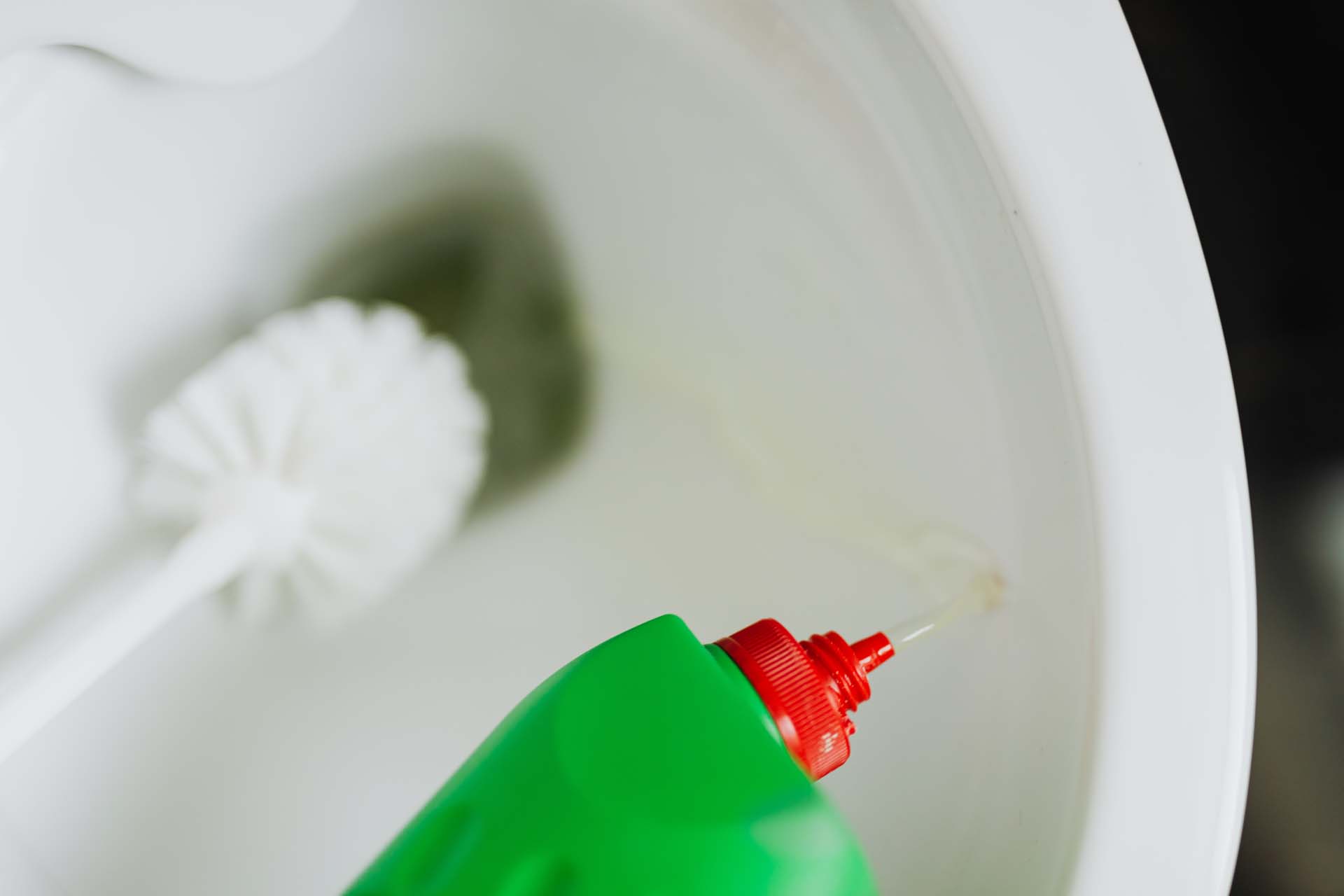
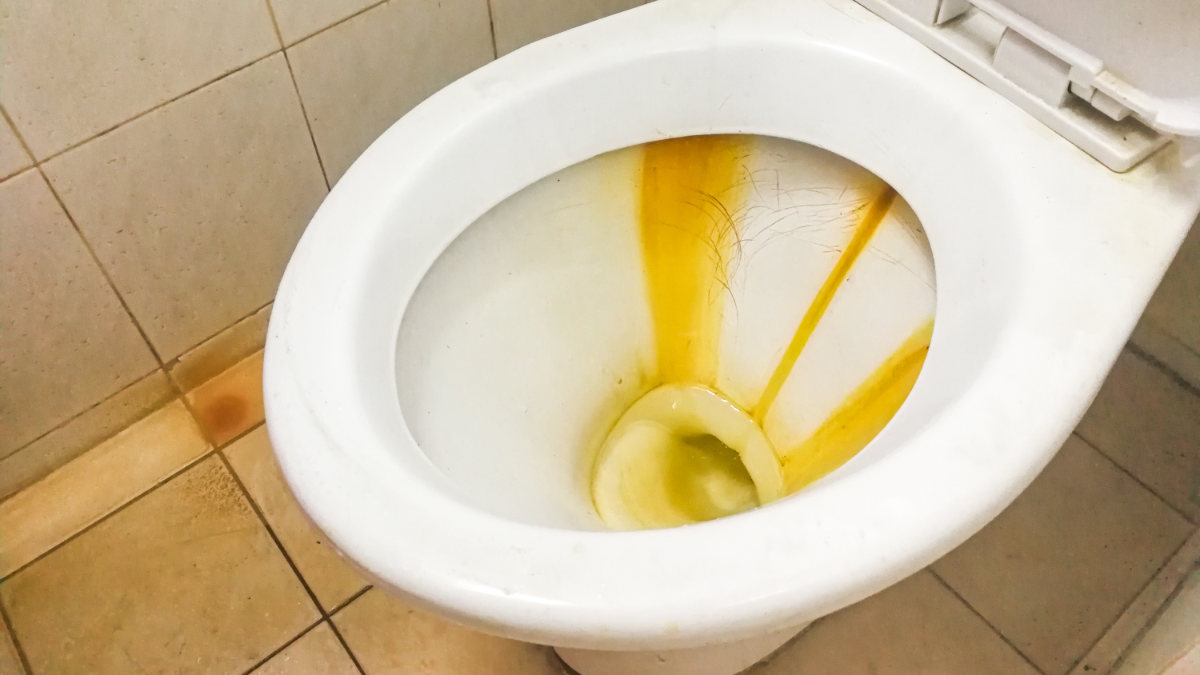
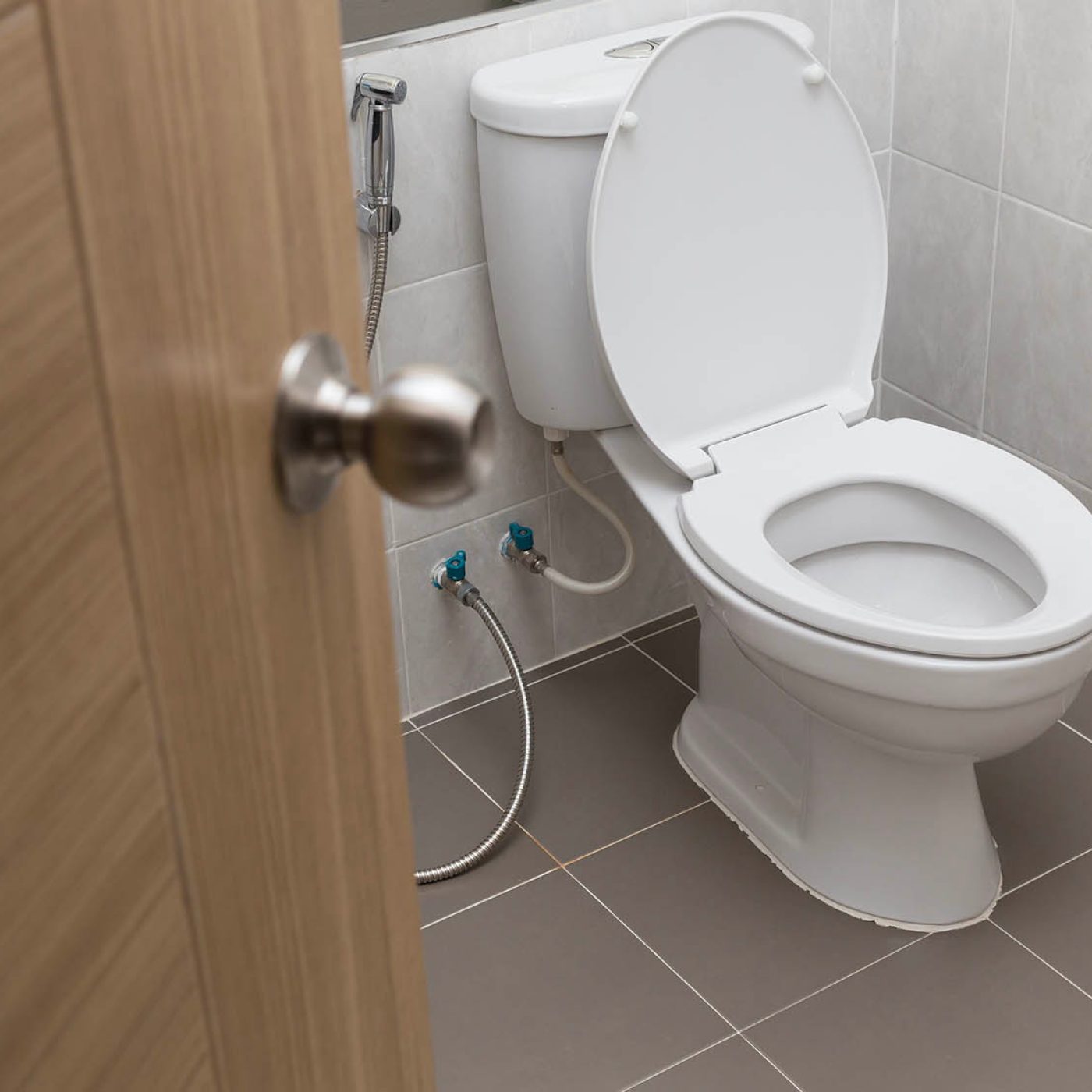
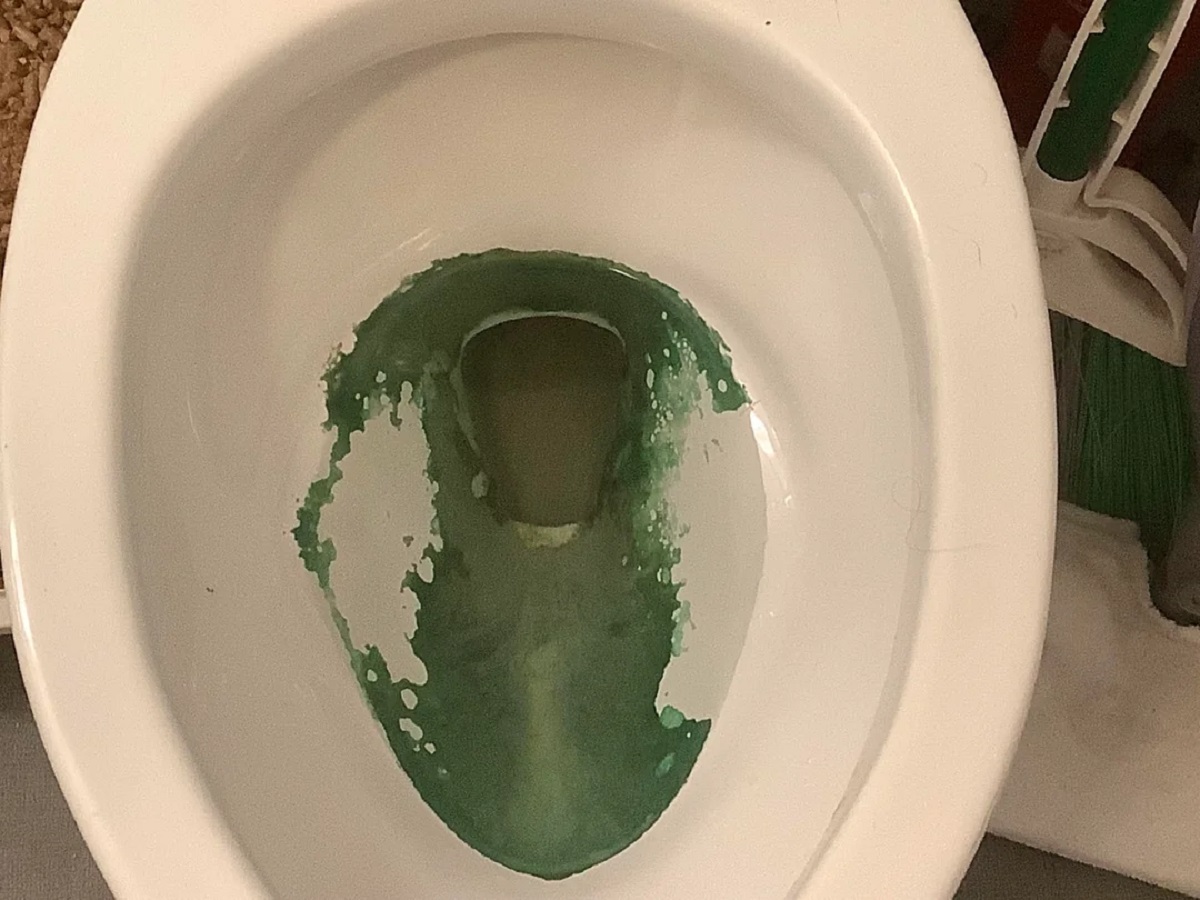
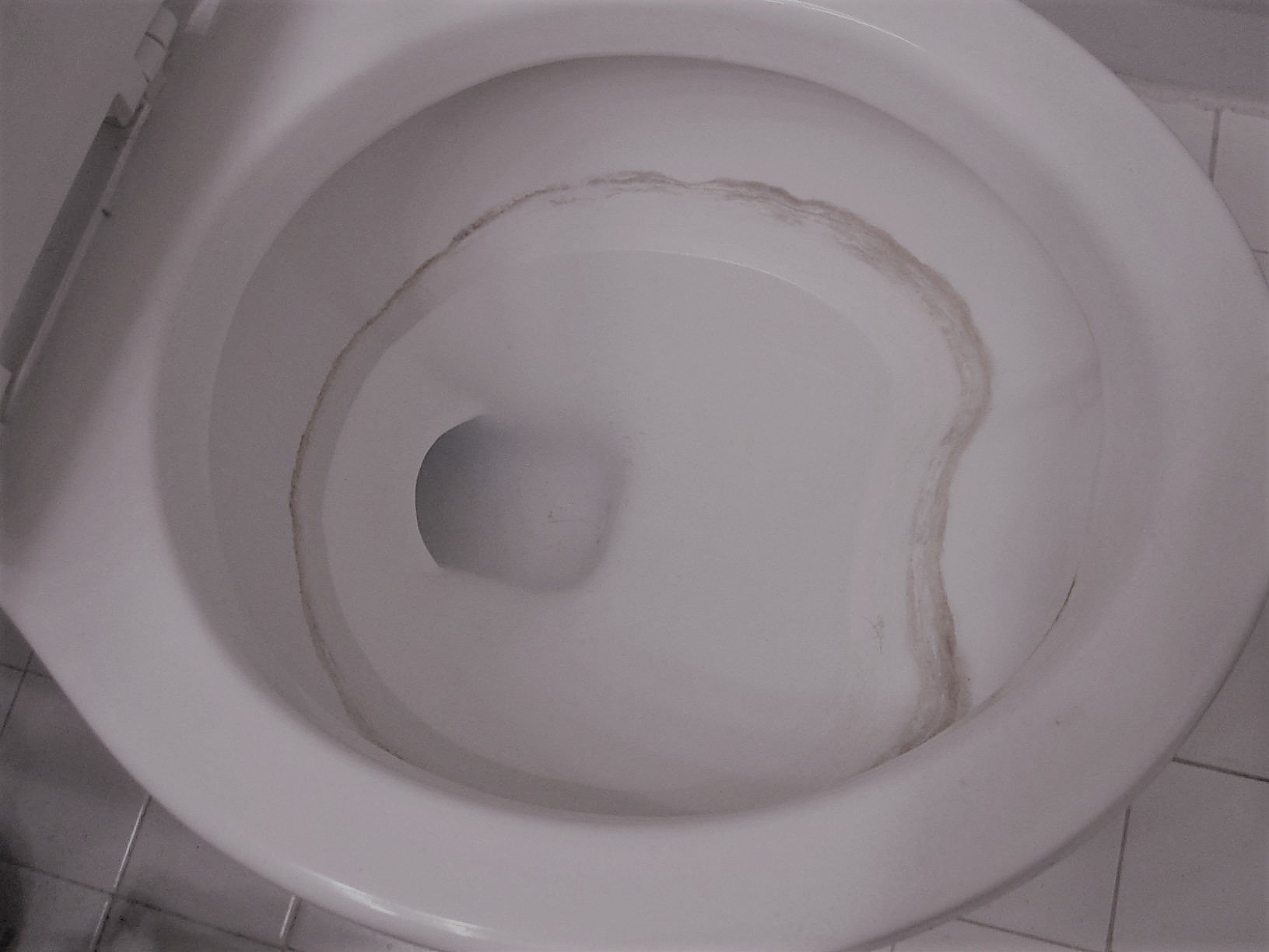
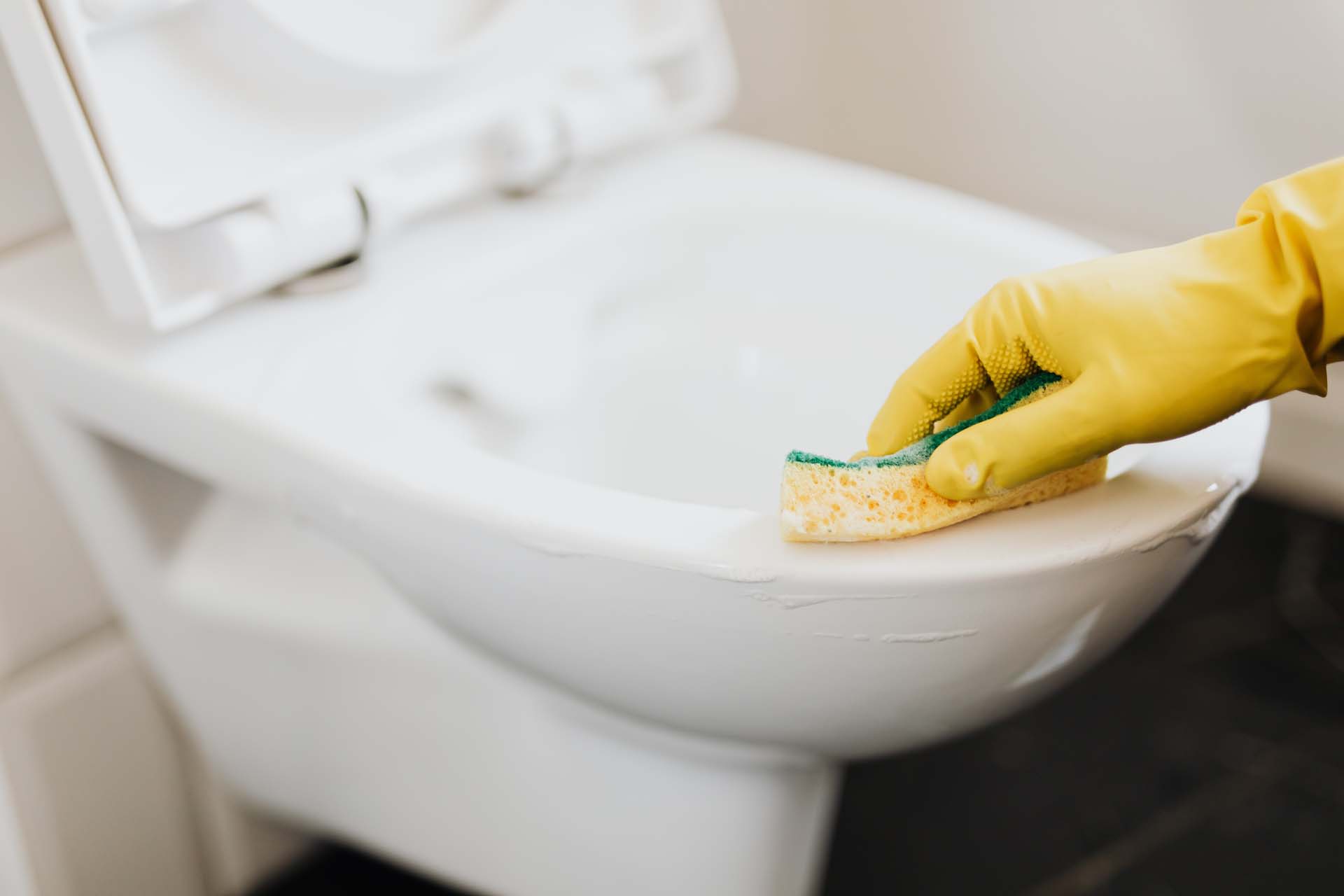
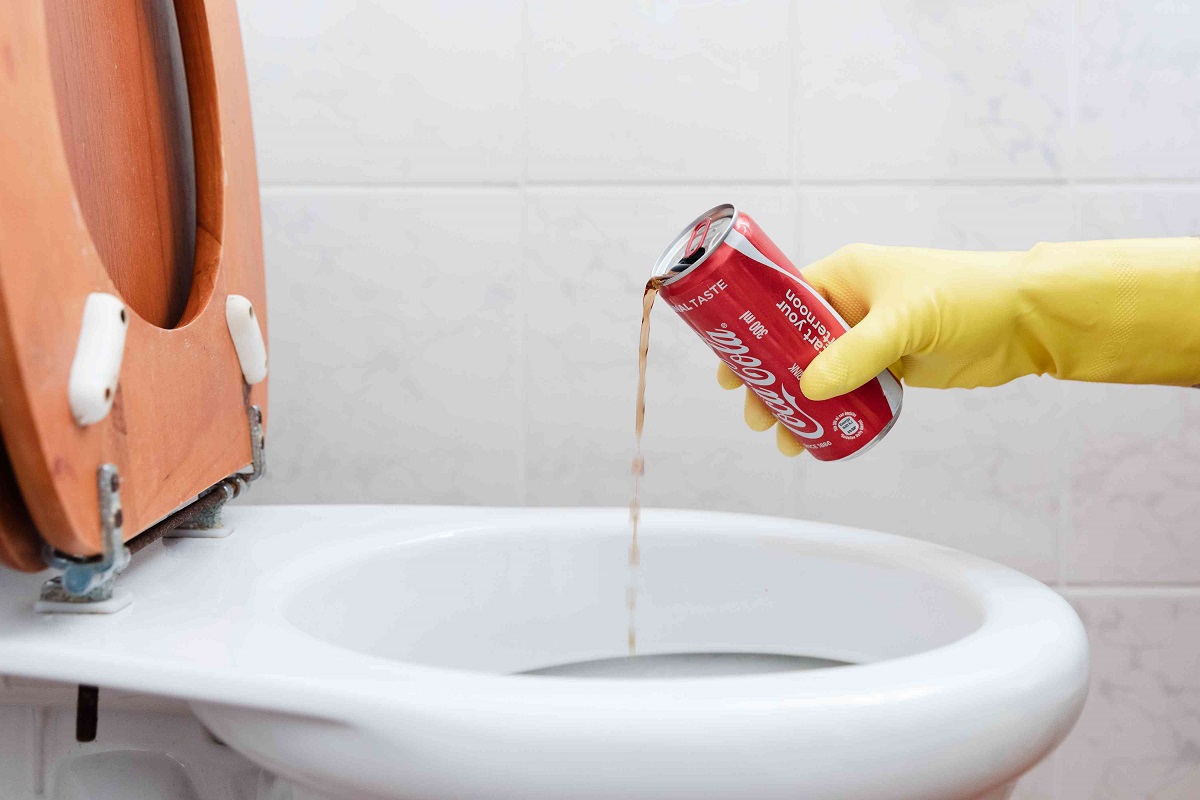
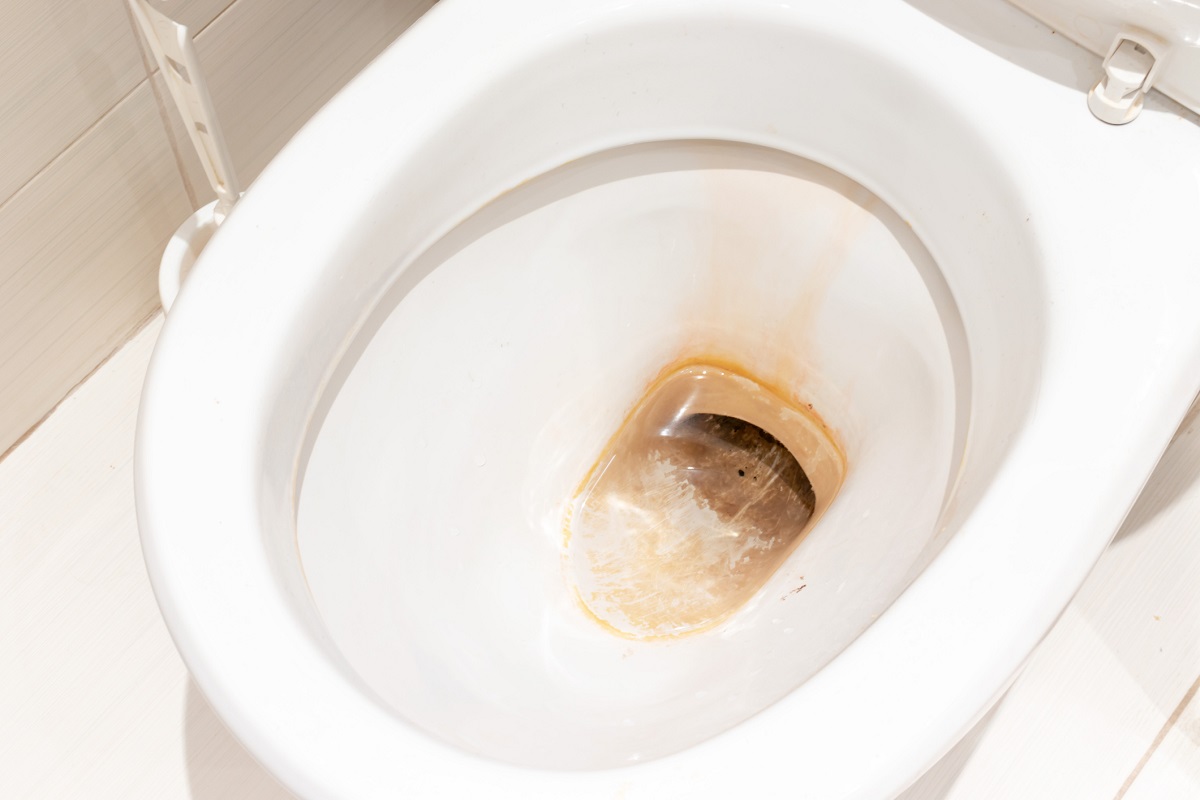
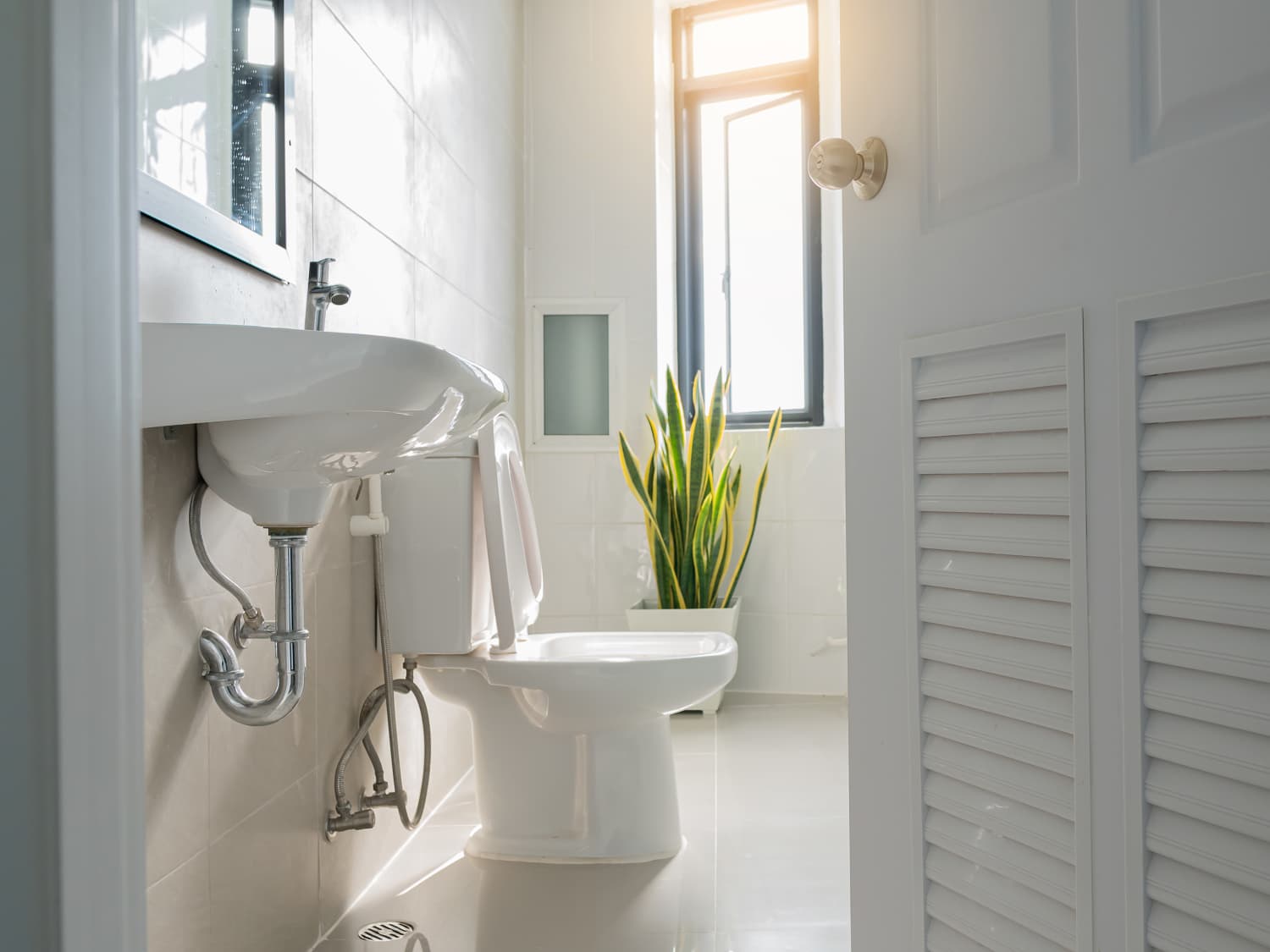
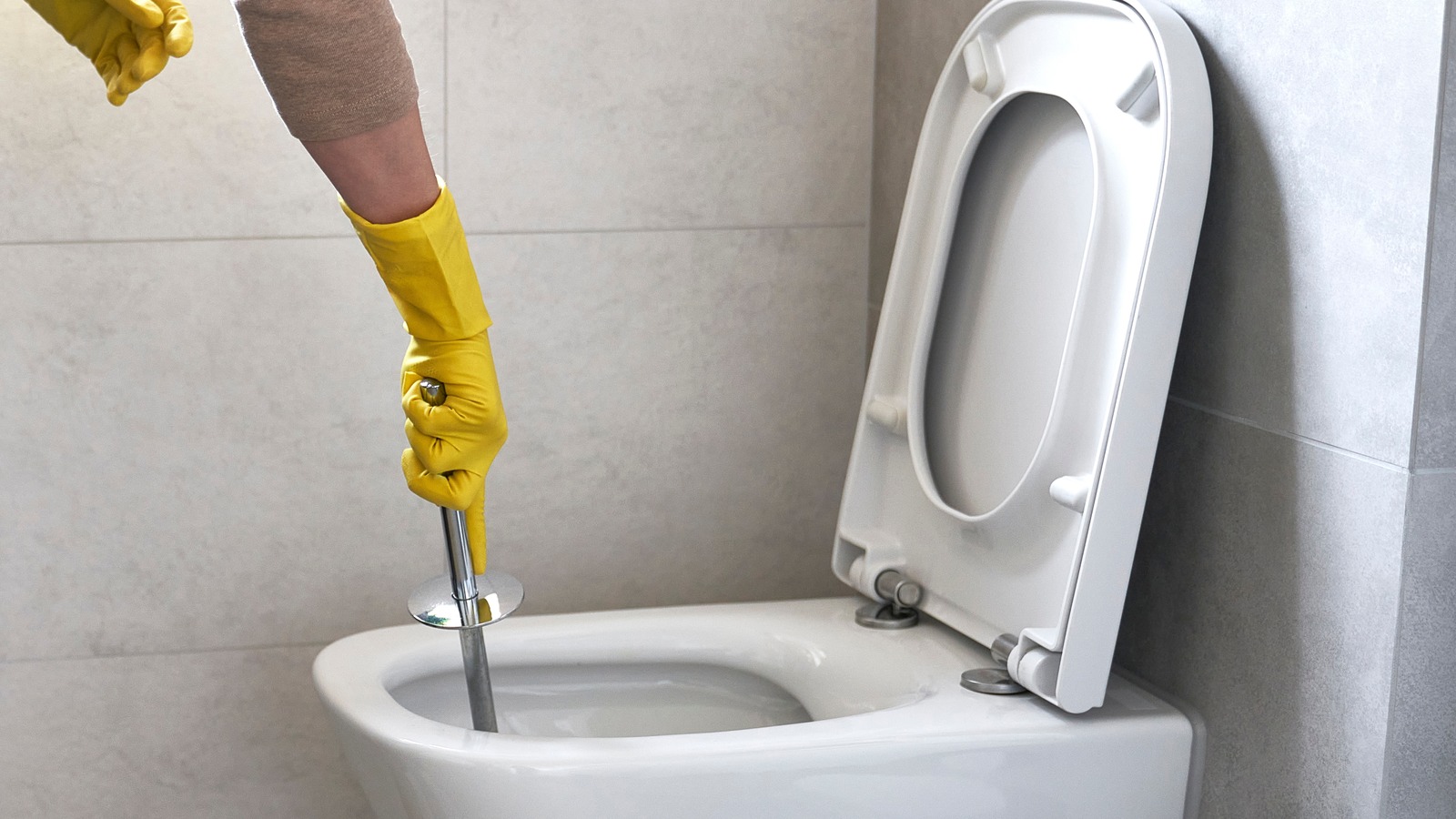
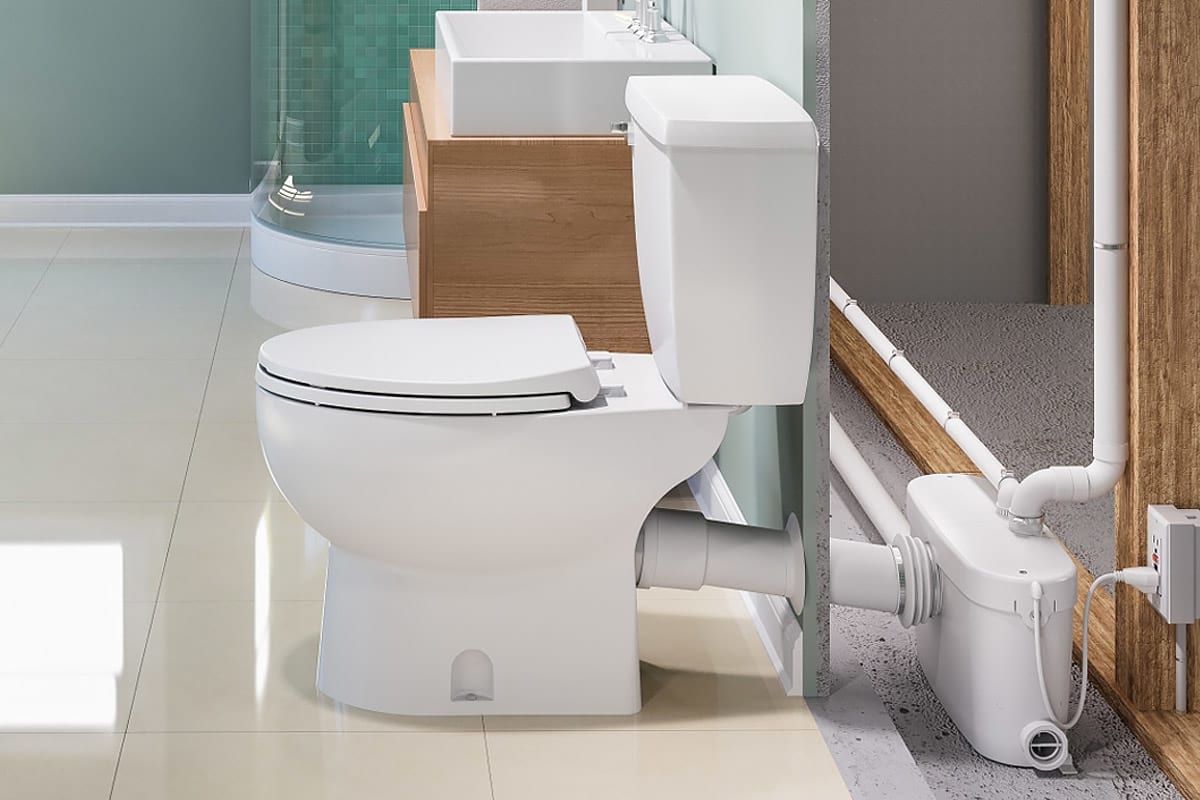
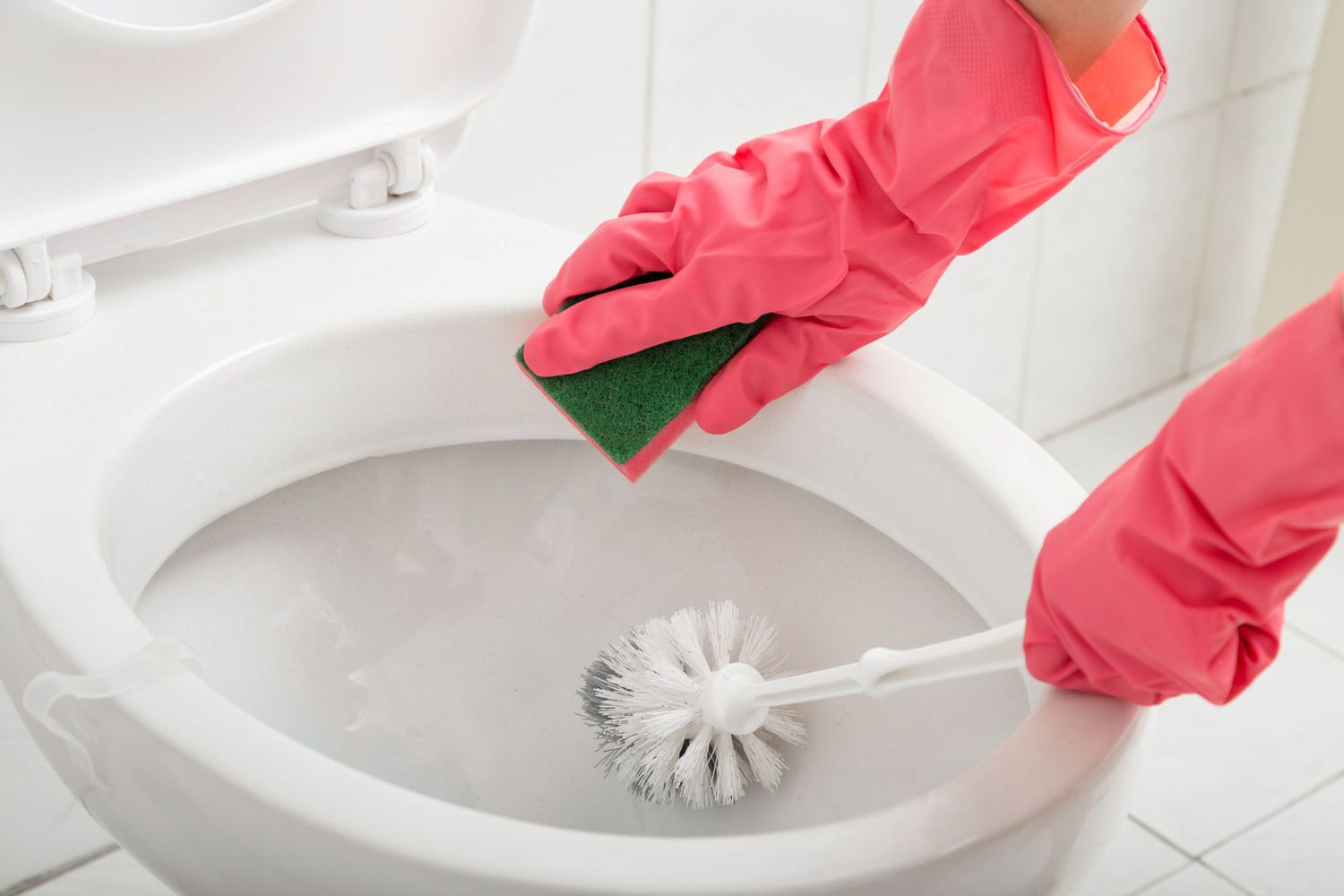

0 thoughts on “How To Clean A Toilet Bowl With Stains”